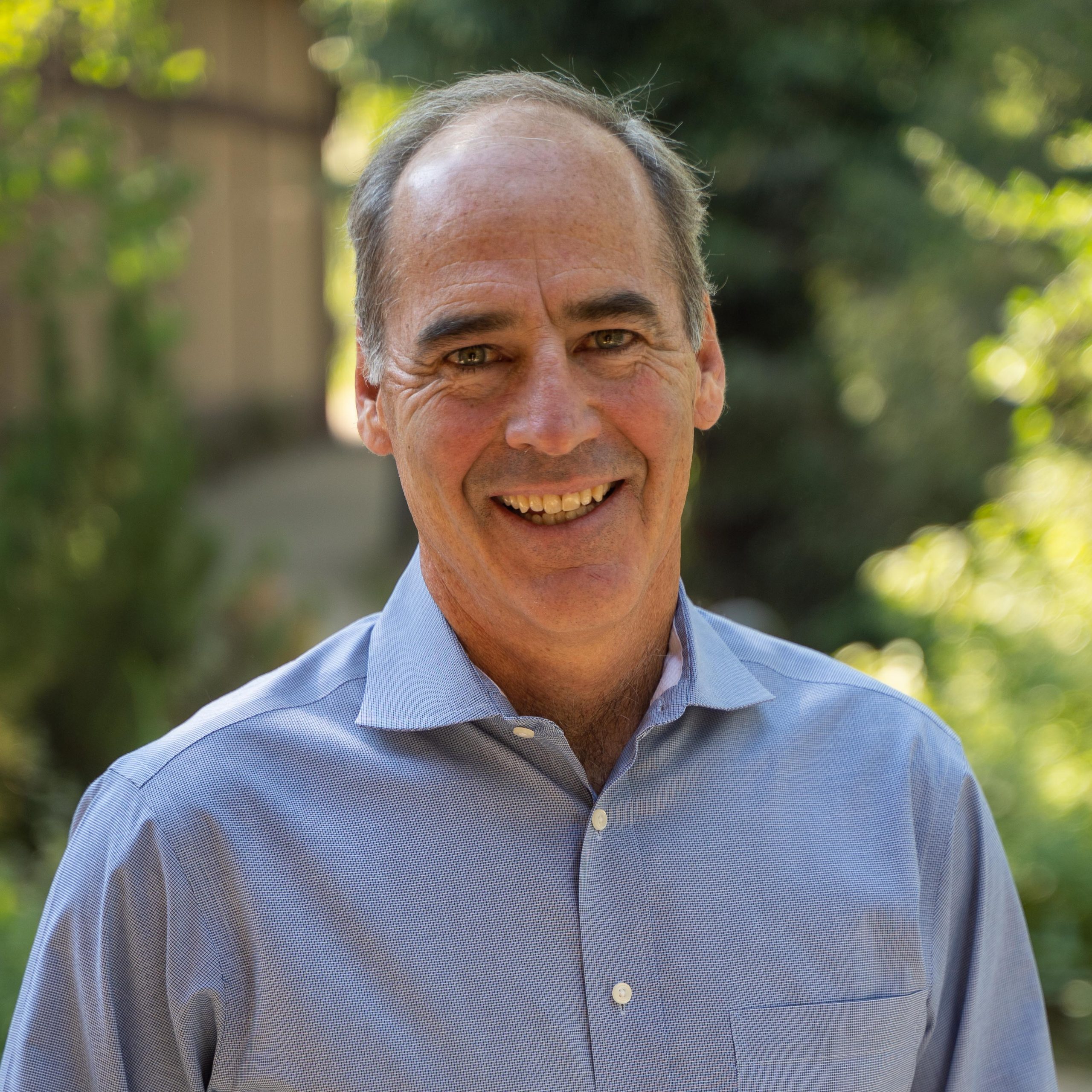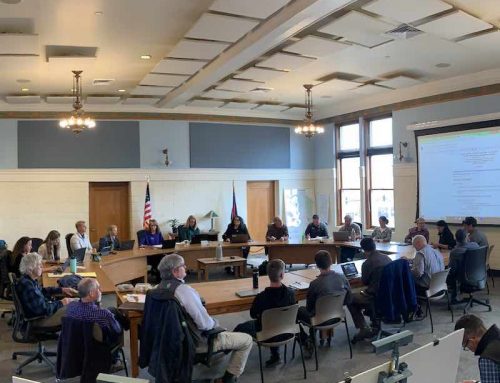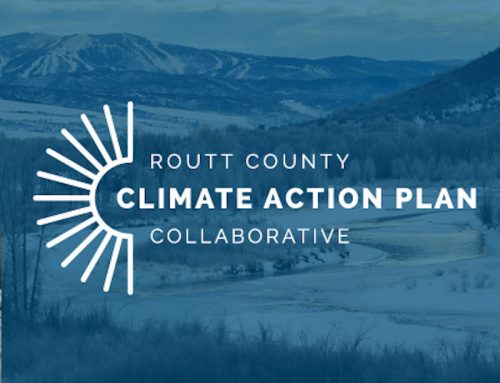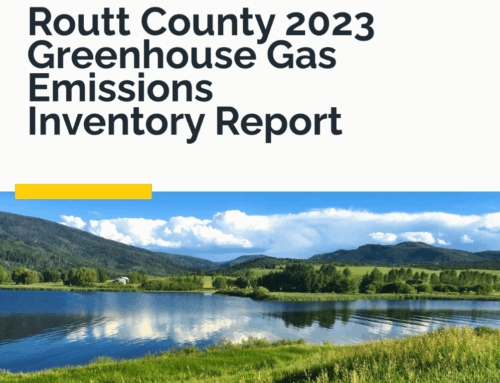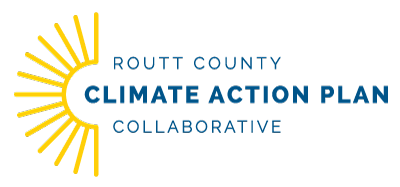Tim Wohlgenant has spent the majority of his career in the service of land conservation, urban development, and natural resource problem solving. Currently, he is the Executive Director of the Yampa Valley Community Foundation (YVCF) and was instrumental in establishing the Routt County Climate Action Collaborative Fund. Not only has he been a valuable community member of the Collaborative Board, but he is also an active member of the CAP Land Use Working Group.
We thank him for the many hours he has volunteered furthering the implementation of the Climate Action Plan, and for taking time to share his thoughts on why the CAP matters (to him and to you!) and why is he hopeful we can address the daunting challenge of climate change.
1) What is your role in the CAP Collaborative and how did you get involved?
I serve as one of four community members of the Collaborative Board. When the opportunity arose to apply to serve on the Board, I jumped at the chance. Currently, I am the Executive Director of the Yampa Valley Community Foundation (YVCF). Prior to joining YVCF, the majority of my career has been spent in land conservation, urban park development, and natural resource problem solving. While at the Trust for Public Land, I promoted a program in Climate Smart Cities in Denver and later nationally. Through this program, our TPL staff worked with cities across the country to identify specific actions they could take to:
- Cool – offset urban heat island impacts,
- Connect – improve the connectivity for residents to reduce reliance on driving,
- Absorb – create more opportunities to absorb stormwater and replenish aquifers through park development and other means, and
- Protect – preserve natural lands that serve to protect cities from many of the effects of a warming climate – wetlands, barrier islands, forests, etc.
I found this framework enormously helpful for cities and their residents to conceptualize the challenges and find constructive actions they could get behind. I believed my work experience could be relevant to the implementation of the Routt County Climate Action Plan here in the Yampa Valley.
2) Why does the CAP matter? Why should Routt County residents care about the CAP goals?
No place is immune from the impacts of climate change. The Yampa Valley is certainly no exception and many will argue that natural resource and tourism-based economies face even greater threats from changes to our regional climate. Here, those impacts are likely to be in changes to precipitation levels and timing, increased risk of wildfires, reduced snowpack, lower river flows, and impacted agricultural yields. While it’s true that our actions may not be able to directly impact our local climate, this is a global challenge that will require local action everywhere. Furthermore, taking action is empowering and it helps to inspire other communities to follow suit.
3) While implementation of all the proposed CAP recommendations will be necessary to meet our CAP carbon emission reduction goals, are there any recommendations in particular you feel are most urgent and impactful?
All of the strategies are important because taken together they will allow us to achieve our emission reduction goals. Some of the most impactful strategies are also some of the hardest, and most visible steps to take. I feel like the energy and transportation strategies will get us further down the road fastest (pun intended). In particular, encouraging the adoption of renewable energy sources, promoting electrification of new buildings, increasing EV switching, and improving public transportation options are all critical steps we need to advance. At the Yampa Valley Community Foundation, we are really proud to have built a new home for the foundation relying solely on a ground source heat pump system for all of our heating and cooling needs. I hope people will visit us on the corner of 4th and Oak Streets to learn more about that system.
4) The CAP Collaborative Board recently established the Routt County Climate Action Collaborative Fund which is housed in the Yampa Valley Community Foundation. What is the purpose and goals of this Fund? How and why should individuals and businesses consider donating to this Fund?
The purpose of this Fund is to support projects identified by the Collaborative Boad as furthering the objectives of the Climate Action Plan. Specifically, the money raised into this Fund will provide grant funding to organizations completing projects that help to achieve actions identified in the plan and by the CAP Working Groups. Those projects could include environmental restoration projects, supporting policy changes of local governments, research and data analysis projects, really anything identified in the plan or by the Working Groups that will move the needle on our climate action goals. We want to encourage everyone who flies out of the Yampa Valley Regional Airport in Hayden to consider offsetting their travel by donating the cost of the carbon associated with their trip to this Fund. We partnered with The Good Traveler program to make this really easy and it’s surprisingly affordable. A flight from Hayden to Houston, for example, costs only $6 to offset the carbon emissions generated by that trip. So the next time you fly, sign up at the Good Traveler, calculate your carbon offset, select YVCF as a nonprofit partner, and make your donation.
5) Climate change is a complex and oftentimes overwhelming problem. What keeps you hopeful that we as individuals and a community can take meaningful action to limit the impacts of regional climate change?
The challenge ahead of humanity is daunting. The scale of the problem and the degree of international coordination and cooperation required to address it are unprecedented. But we’ve seen some kinds of changes happen remarkably fast in the recent past. When incentivized, markets can drive change very quickly: think of the adoption of mobile phones. Social movements can happen fast as well, like how quickly cigarette smoking was reduced. We even have environmental policy examples of relatively fast global change, like the global elimination of CFCs, the aerosol chemicals that caused the hole in the ozone layer. Today we’re seeing extremely rapid deployment of wind and solar energy, far faster than most experts predicted. So I’m hopeful that our global community can continue on that pace and even accelerate it so we can leave our grandchildren a more habitable planet.
